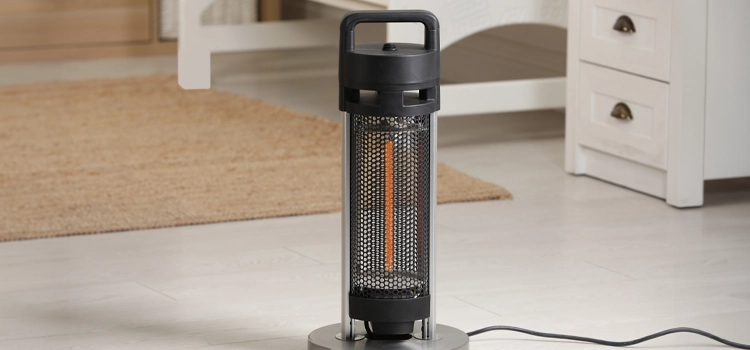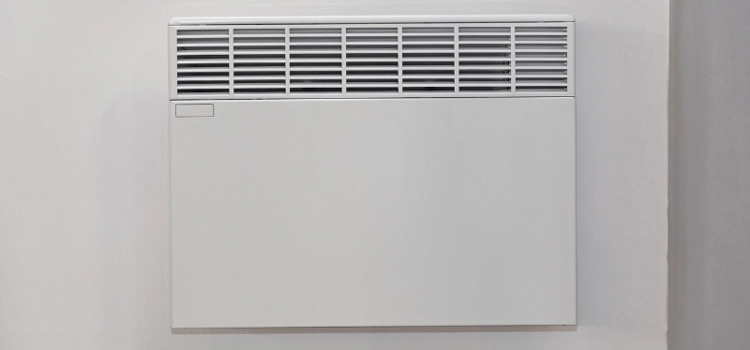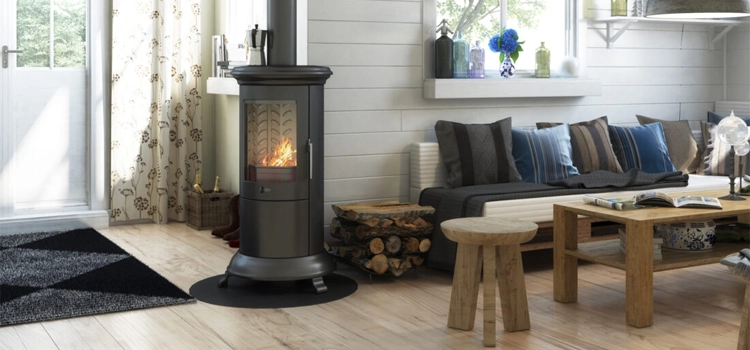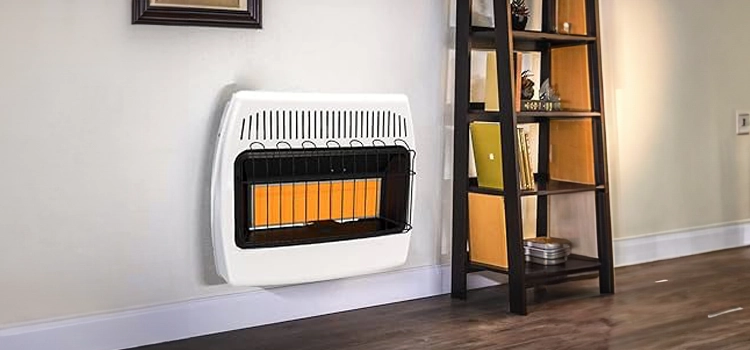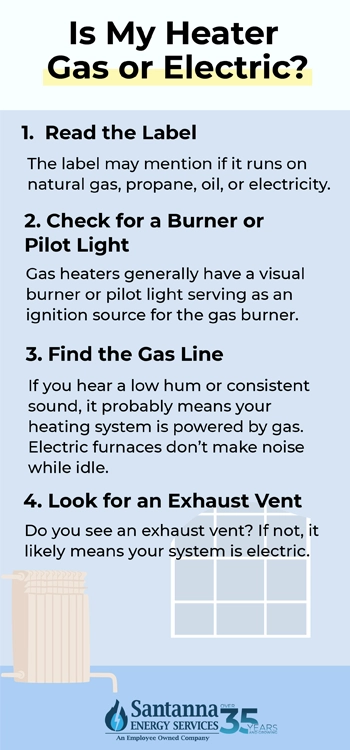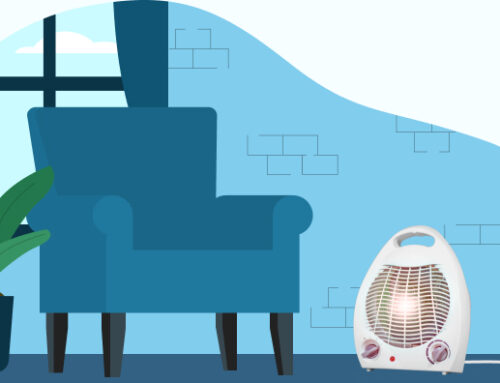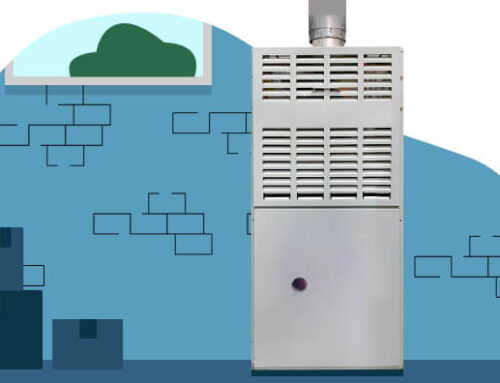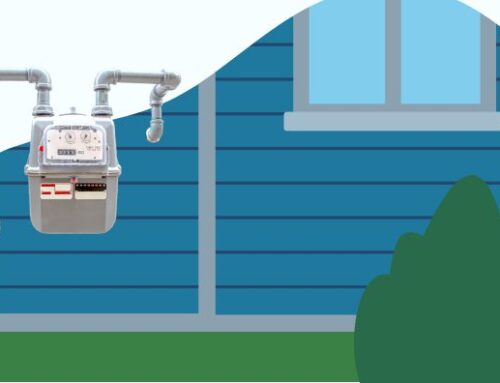Cheapest Way to Heat Your Home
by Tyler Castle
10.7 min read
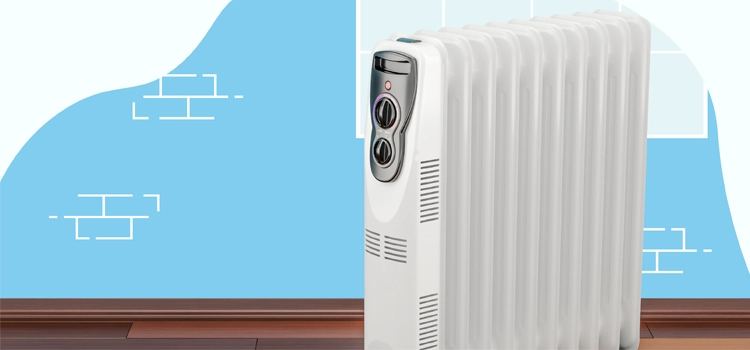
When looking through your monthly energy expenses, you might ask yourself, “What is the cheapest way to heat my home?” Well, you’re in luck! We’ll explore the various types of heating options, from well-known to not-so. We’ll provide insights on how you can effectively heat your home without breaking the bank from using your main heating system.
Whether you’re looking to help out the planet or minimize monthly expenses, understanding the cheapest ways to heat your home will empower you to make informed decisions for your energy needs. With the right information under your belt, you can create a cozy and budget-friendly haven when temperatures drop.
Should I heat my home with gas or electricity?
If you’re a first-time homeowner, you’ll need to decide if you should heat your home with gas or electricity. Deciding if you should heat your home with gas or electricity depends on your specific needs and budget. For example, gas heating systems have lower operational costs depending on your area’s gas prices. While electrical heaters take less time to install.
On the flip side, electrical heaters typically take longer to heat and produce less heat than their gas counterparts. If you’re choosing to heat your home with gas, most systems require a gas line. Similarly, gas systems can produce harmful byproducts that can threaten the planet. Luckily, there are eco-friendly options out there that help the planet and heat your home no matter which energy source you choose.
While looking for the cheapest way to heat your home, it’s important to evaluate your options for heating systems. Especially if you’re not looking to utilize your in-home heating to warm up your space. Here’s a breakdown of the available heating systems:
Space heaters
Space heaters serve as a convenient heating option, particularly for localized warmth in specific areas of your home. Here are the pros and cons of space heaters and an average price breakdown:
Pros:
One of the biggest pros of an electric space heater is that it’s portable. No matter if you need it in your bedroom or garage for extra heat, space heaters are a great option. Typically, electrical space heaters are easy to operate with on and off buttons and temperature dials. Lastly, electrical space heaters are “plug and play” which requires minimal setup.
Cons:
Space heaters typically aren’t as effective as furnaces. These space heaters are most effective for heating only small areas rather than large ones. In the same way, electric space heaters pose a threat to safety. While widely considered safe, space heaters can be prone to frayed wires which can cause electrical fires.
Keep your space heater at least three feet away from your combustible materials like furniture or curtains. These materials can catch on fire if they’re too close to your system.
Average Price to Purchase: According to most major retailers, space heaters can cost anywhere from $25-$80 depending on your model.
Infrared heaters
According to HowStuffWorks.com, infrared heat is produced from the light we can’t see. In the same way, these heaters transfer heat directly to objects or people in their path, rather than heating the air in between. The most common infrared heating systems include quartz heaters that use bulbs to generate heat. And ceramic infrared heaters that use ceramic plates to produce this heat.
Pros:
One of the most notable pros of infrared heaters is the fact that they provide almost instant heat. The heat that infrared heaters produce is similar to the heat produced by the sun. Another pro to infrared heaters is an eco-friendly one. Infrared heaters don’t add any pollutants to the air and release no toxic byproducts.
Cons:
Because infrared heaters get extremely hot, they can pose a safety threat to children and pets. Infrared saunas for example, can get up to 150 degrees Fahrenheit. Another notable con of infrared heaters is that they have a limited warming capacity. These heaters are designed for zone warming and may not be ideal if you want to warm your entire house.
Average Price to Purchase: According to Home Depot, infrared heaters range from $50-$700 depending on your model.
Wall heaters
Wall heaters are heating units that install directly into or attach to the walls in your home. These units are ideal for heating smaller offices, single rooms, or compact living spaces. Wall heaters come in two types to heat your home: gas and electric.
Pros:
Wall heaters are specifically designed to save space! These heaters install directly into your home’s wall which saves major floor space. In the case of wall electric heaters, one of the biggest advantages is that they are easy to install. Wall electric heaters wire directly to your space’s circuit electric panel which makes for easy operation too.
Cons:
If you choose to install a wall-mounted gas heater in your home, be aware that these units require professional installation because of their size and complexity. In the same way, gas wall heaters require a connection to nearby gas supplies which might limit where you can place your heater. No matter what you choose to power your space, wall-mounted heaters are notorious for excessive noise.
Average Price to Purchase: According to Lowes, wall electric heaters can cost $83-$1,700 depending on your model. According to Home Depot, wall-mounted gas heaters cost $1,000-$3,000 depending on your model.
Oil-burning heaters (radiant heaters)
An oil-burning heating – or radiant heater generates heat by heating a pool of thermal oil inside the appliance. The oil atomizes into a mist and ignites, creating a controlled combustion.
As the oil burns, it generates hot gases that pass through a heat exchanger. The heat exchanger absorbs the warmth, and a blower or fan circulates the heated air through ducts or pipes, distributing it throughout the home.
Pros:
Oil-burning heaters are excellent at retaining heat. Even after turning off, these heaters will gently expel excess heat to keep your space cozy. Oil heaters are known for their silent operation. With this appliance being extremely quiet, it’s ideal for spaces like bedrooms or home offices.
In the same way, oil-burning heaters aren’t terrible for the environment. The electricity used within this appliance is for burning oil and the oil isn’t used as a source of fuel.
Cons:
The oil needs time to heat and radiate warmth, which may result in a slower initial heating process. This can result in a loss of energy for your home expenses. While oil heaters provide effective spot heating, they may have limitations when heating larger areas. Homeowners may need multiple units for more extensive spaces or open floor plans.
Average Price to Purchase: You can expect to pay anywhere from $50-$150 depending on your model.
Indoor propane heaters
Yes, indoor propane heaters are a thing! Much like an outdoor propane heater, that is used for heating grills and fireplaces, indoor propane heaters can provide heat to your home spaces like garages.
Pros:
On average, propane has double the energy content than that of natural gas. Propane is a “green” energy source because it complies with all the standards set by the Clean Air Act of 1990. In addition to this, propane produces lower carbon emissions than gasoline and diesel fuels.
Cons:
If you’re considering choosing an indoor propane heater for an extra heating boost, you might wonder if propane heaters are safe indoors. The short answer is yes, but without proper use, they could be hazardous. If you place an indoor propane heater in too small a space like a closet or small garage, you risk carbon monoxide poisoning.
Propane heaters produce combustion byproducts. So, if you don’t have a home or area within your home to provide proper ventilation, propane heaters can be a safety risk too.
Average Price to Purchase: According to Home Depot, indoor propane heaters can cost $50-$600.
Solar heaters
Solar heaters are devices that utilize sunlight to generate heat for various purposes. Solar can power many things to give off heat such as space heaters, water heaters, and cookers.
Pros:
If you’re looking to heat your home with solar power with something like a solar space heater, here are a few things to note. Solar is one of the most abundant renewable resources on earth. No matter what device you choose, major or minor, you’ll make an environmental impact.
Investing in solar energy provides an opportunity for individuals and communities to become more energy-independent to generate clean energy.
Cons:
Depending on how much you lean into solar energy, the initial installation of solar equipment can be relatively expensive. Depending on where you live, you might experience some geographical limitations. Not all regions receive the same amount of sunlight, which can affect the efficiency of your heating system.
Average Price to Purchase: If you’re looking for a solar space heater, Amazon prices vary from $20-$150 depending on your model.
The most common: central heating systems
We’d be remised if we didn’t mention the most common system to heat your home. If none of the above works for you, consider a central heating system. While it might not be the most cost-effective, central heating systems are a popular choice because of their ability to efficiently warm entire houses.
These systems typically use a central heating unit, such as a furnace or heat pump. These units connect to a network of ducts or pipes that distribute heat to various rooms.
Pros:
Central heating systems can be used all year round. These systems can come equipped with an air conditioning component to keep cool in warmer seasons. Central heating systems are designed to heat large areas evenly, making them an efficient option for whole-house heating.
Cons:
The initial installation cost of a central heating system can be higher compared to some other heating options. Central heating systems may consume more energy than localized heating options, especially if not properly maintained.
Average Price to Purchase: Depending on your size and model, heating systems can cost $2,500-$4,500 to purchase and install.
What’s the cheapest way to heat your home?
Now that you have the complete breakdown of your options, here are the cheapest ways to heat your home:
- If you’re looking for the cheapest installation, choose a space heater.
- If you’re looking for the cheapest out-of-pocket purchase, choose a solar space heater.
- If you’re looking for the safest heating model, choose a wall heater.
- If you’re looking for the fastest way to heat your home, choose an infrared heater.
Is my heat gas or electric?
If you have a heating system in place and you’re wondering, “how to know if my heat is gas or electric,” there are ways to determine this. Here’s how to tell:
7 tips for lowering your heating costs
If you’re not looking to spend the extra cash to heat your home, that’s okay! Here are 9 ways you can lower your heating costs:
- Insulate and weatherize your home: Finnd and seal open gaps within your home to stop air from leaking.
- Change your air filter: A dirty air filter can lead to wear and tear on your heating system.
- Install a smart thermostat: Smart thermostats can monitor your energy consumption and adjust your heating temperature while you’re away.
- Take advantage of your fireplace: If you have a log-burning fireplace, you can keep your home warm just with the flames.
- Reverse your ceiling fan direction: clockwise rotations create an updraft that helps to redistribute the warm air that naturally rises
- Keep your windows uncovered: Wide open windows can allow warm sunlight to heat different areas of your home.
- Bundle up: When you maintain a comfortable body temperature through clothing, you can rely less on your heating system.
Discovering the cheapest way to heat your home is not just about cutting costs. It’s about making informed choices that align with your lifestyle and values. From simple and affordable strategies to exploring energy-efficient heating options, there are ways you can make your system work for you. Each method has its pros and cons, and finding the right balance between cost, comfort, and environmental impact is key.
Santanna Energy Services is a supplier of earth-friendly natural gas plans in the United States, providing services to Illinois, Indiana, Pennsylvania, Michigan, and Ohio. We provide a wide range of energy services and products to meet the needs of both residential and small business customers. Our mission is to provide innovative and cost-effective energy solutions that will help our customers
Tyler is an experienced energy professional, having worked for Santanna Energy Services, for the past four years. He is passionate about renewable energy and believes that diversifying the energy grid is the key to a sustainable future. Tyler is dedicated to supplying consumers with the best possible energy solutions and works diligently to make sure that Santanna can deliver the highest quality service.



